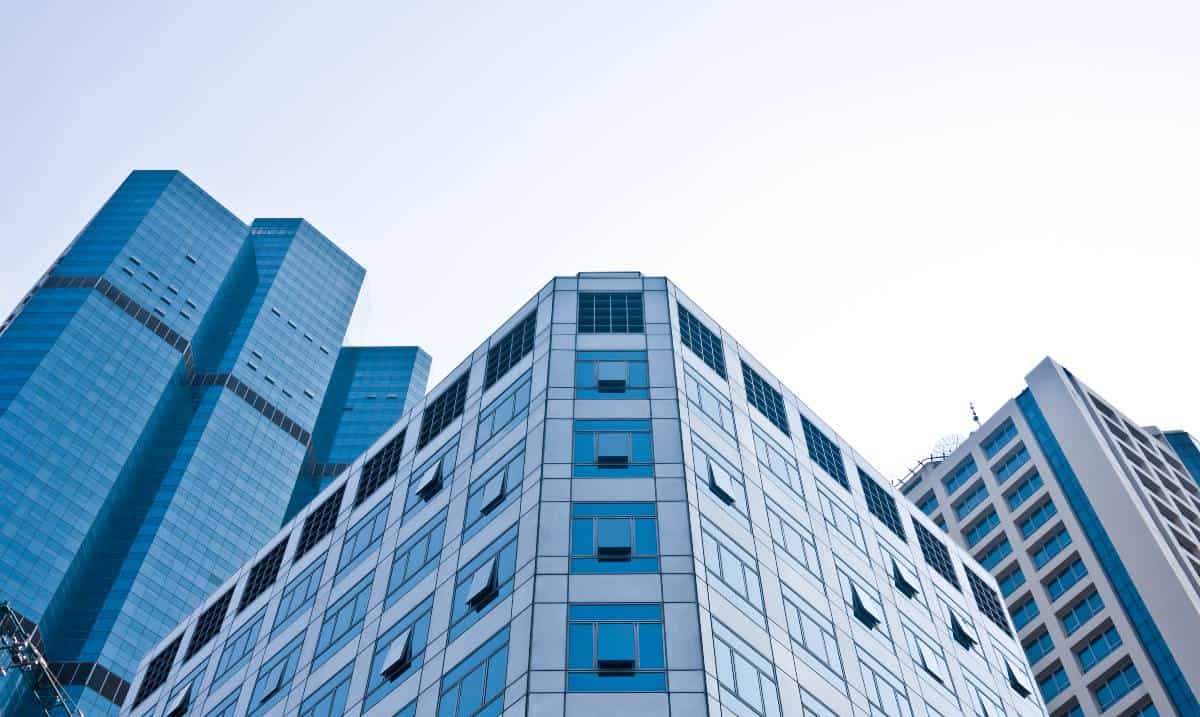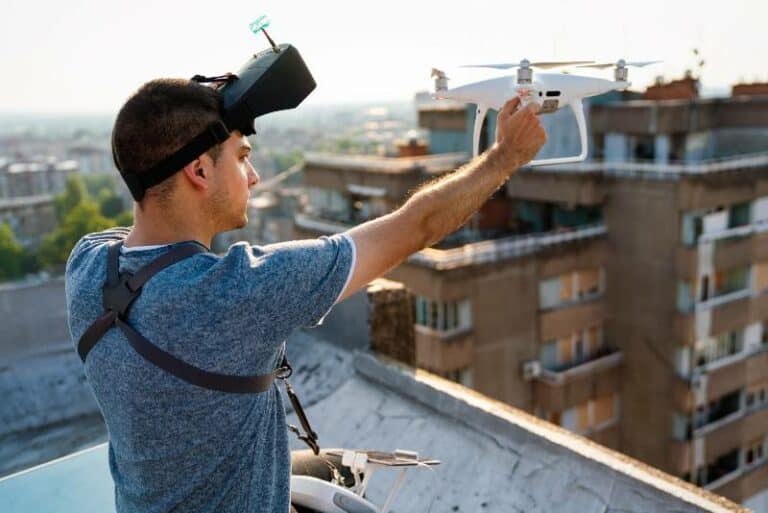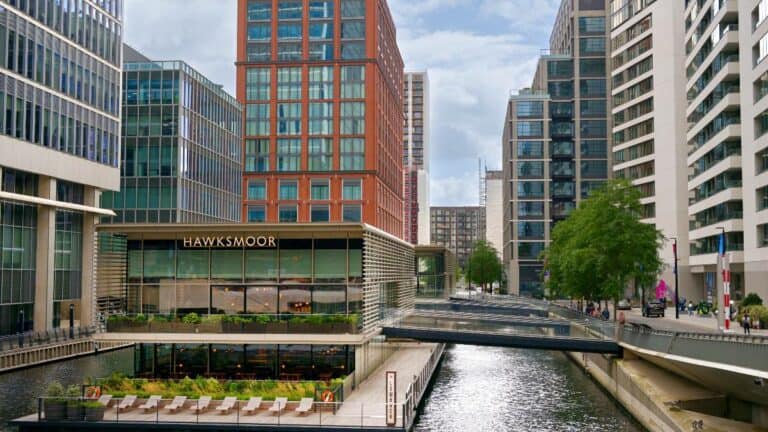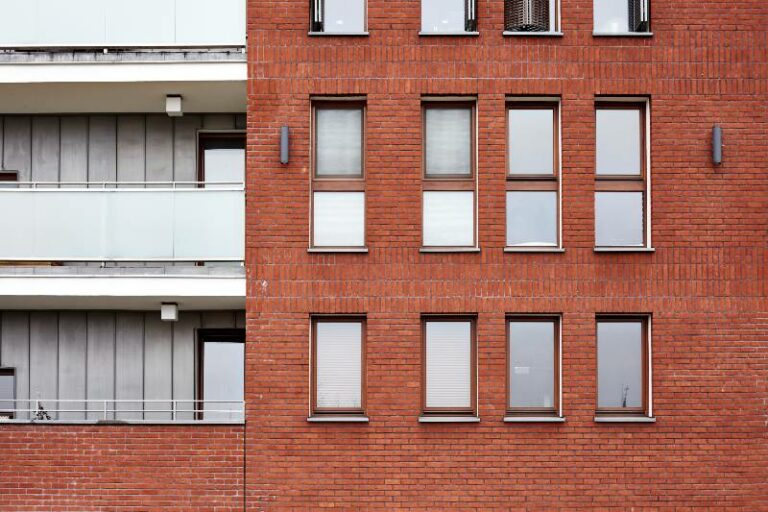Hey there, folks! It’s Mike Tolj here, and today I want to talk about something that’s been on my mind lately: energy efficiency in commercial buildings. As someone who’s been in the commercial real estate industry game for over 18 years, I’ve seen firsthand how much of an impact retrofitting can have on both the bottom line and the environment. So, let’s dive in and explore what retrofitting is all about and why it matters!
Key Takeaways
- Energy efficiency and commercial retrofits can significantly reduce utility bills and improve occupant comfort in existing buildings.
- A well-planned retrofit project involves conducting an energy audit, prioritizing measures based on ROI, and selecting the right contractors and equipment.
- Financing options for retrofits include utility incentives, energy performance contracts, and innovative mechanisms like PACE financing and green bonds.
What is Retrofitting in the Context of Commercial Real Estate?
Definition of retrofitting in commercial buildings
When it comes to commercial real estate, retrofitting refers to the process of upgrading existing buildings with modern, energy-efficient systems and technologies. This can include everything from replacing outdated HVAC equipment and lighting fixtures to installing smart building automation systems and renewable energy sources. The goal of retrofitting is to reduce energy consumption, lower operating costs, and improve the overall performance and sustainability of the building.
The importance of retrofitting for energy efficiency
Retrofitting is becoming increasingly important in the commercial real estate sector as building owners and managers seek to reduce their environmental impact and improve their bottom line. By investing in energy efficiency upgrades, they can not only save money on utility bills but also attract and retain tenants who are increasingly looking for sustainable and environmentally friendly workspaces. Additionally, many cities and states now have strict energy efficiency requirements for commercial buildings, making retrofitting a necessary step for compliance.
Key considerations for existing buildings
When considering retrofitting an existing commercial building, there are several key factors to keep in mind. First and foremost, it’s important to conduct a thorough energy audit to identify areas where improvements can be made. This may include analyzing utility bills, inspecting equipment and systems, and using specialized tools to measure energy consumption. Once the audit is complete, building owners can prioritize upgrades based on their potential impact and return on investment. Other important considerations include the age and condition of the building, the specific needs of tenants, and the availability of financing and incentives for energy efficiency projects.
Understanding Energy Efficiency Retrofits
First off, let’s define what we mean by “energy efficiency retrofits.” Simply put, it’s all about upgrading your building’s systems to use less energy while still providing the same level of comfort and functionality. This can include things like:
- HVAC upgrades
- Lighting improvements
- Insulation and weatherization
- Building automation and control systems
Now, you might be thinking, “Why should I bother with retrofitting my commercial building?” Well, let me tell you, it’s not just about saving a few bucks on your utility bills (although that’s denice perk). Retrofitting is crucial for keeping your building competitive in today’s market and attracting top-notch tenants.
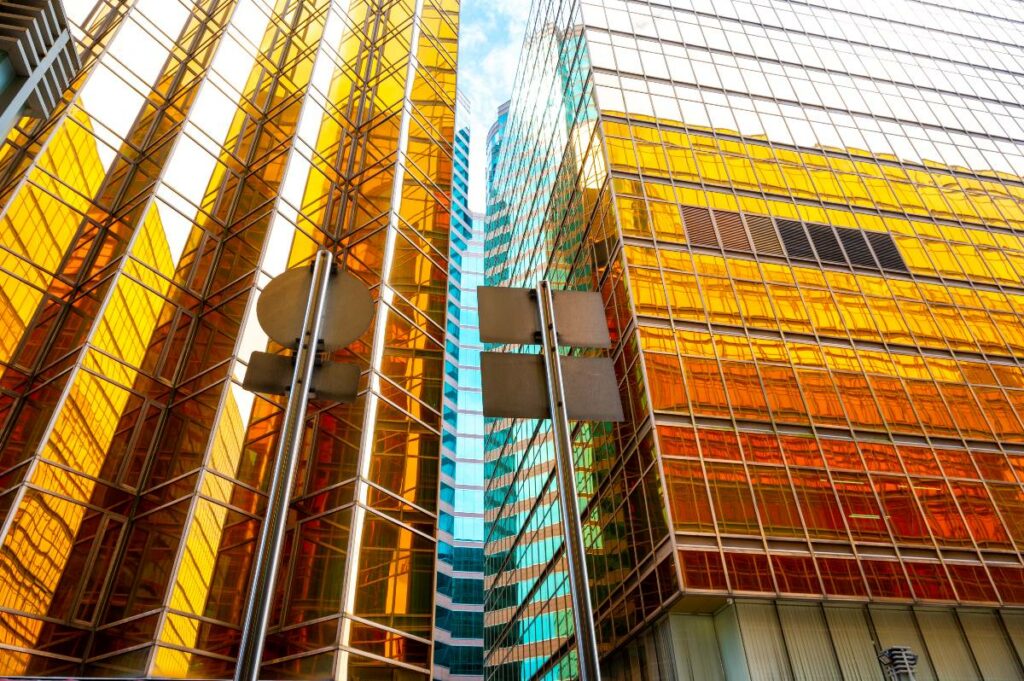
Building Energy Audits and Benchmarking
Before you start any retrofit project, getting a clear picture of your building’s current energy performance is essential. That’s where energy audits and benchmarking come in. An energy audit is like a checkup for your building, identifying areas where you’re wasting energy and pinpointing opportunities for improvement.
There are three main types of energy audits:
- ASHRAE Level I: A basic walk-through assessment
- ASHRAE Level II: A more detailed analysis with energy calculations
- ASHRAE Level III: A comprehensive evaluation with computer modeling and investment-grade recommendations
Benchmarking tools like ENERGY STAR Portfolio Manager can also help you compare your building’s energy performance to similar properties and track your progress over time.
Benefits of Retrofitting Commercial Buildings
Now, let’s talk about the juicy stuff: the benefits of retrofitting your commercial building. Trust me, there are plenty!
- Energy savings and reduced utility bills: By making your building more energy-efficient, you can slash your utility costs and keep more money in your pocket.
- Improved occupant comfort and productivity: A well-designed retrofit can create a more comfortable and healthier indoor environment, leading to happier, more productive tenants.
- Enhanced property value and marketability: An energy-efficient building is more attractive to potential buyers and tenants, which can boost your property’s value and leasing potential.
- Reduced environmental impact and greenhouse gas emissions: By using less energy, you’re doing your part to fight climate change and protect our planet.
- Compliance with energy regulations and standards: Retrofitting can help you stay ahead of the curve when it comes to meeting increasingly stringent energy codes and regulations.
Planning and Implementing a Retrofit Project
Alright, so you’re sold on the idea of retrofitting your commercial building. But where do you start? Here’s a quick rundown of the key steps:
- Develop a comprehensive retrofit plan based on your energy audit findings.
- Prioritize retrofit measures based on their return on investment (ROI).
- Select the right contractors and equipment for the job.
- Manage the retrofit installation process to ensure quality and minimize disruption.
- Monitor and verify energy savings to track your progress and make any necessary adjustments.
- Commission and retro-commission your building to optimize performance.
Financing Options for Energy Efficiency Retrofits
I know what you’re thinking: “This all sounds great, Mike, but how am I going to pay for it?” Fear not, my friends! There are a variety of financing options available for energy efficiency retrofits, including:
- Utility incentives and rebates
- Energy performance contracts (EPCs)
- Property Assessed Clean Energy (PACE) financing
- Green bonds and other innovative financing mechanisms
Best Practices for Successful Retrofits
To ensure your retrofit project is a smashing success, keep these best practices in mind:
- Engage stakeholders and building occupants throughout the process.
- Integrate renewable energy technologies where feasible.
- Incorporate green building principles and certifications like LEED.
- Ensure proper maintenance and ongoing optimization of your retrofitted systems.
- Continuously monitor and track performance to identify any issues and opportunities for further improvement.
Emerging Technologies and Future Trends
The world of energy efficiency retrofits is constantly evolving, with new technologies and trends emerging all the time. Some exciting developments to watch out for include:
- Internet of Things (IoT) and smart building technologies
- Adaptive and predictive control systems
- Advanced energy storage solutions
- Net-zero energy and carbon-neutral buildings
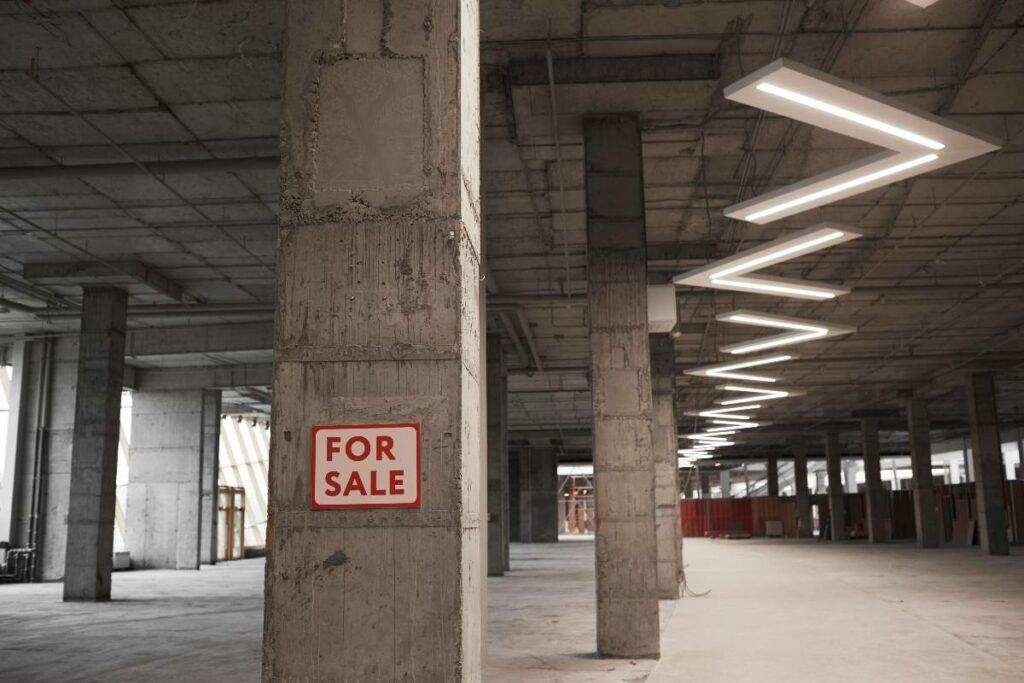
Case Studies and Success Stories
Don’t just take my word for it – there are countless examples of successful commercial building retrofits out there. From historic office buildings to cutting-edge data centers, retrofitting has proven to be a smart investment for property owners and managers across the board.
As cities across the globe prioritize seismic safety and resilience, many commercial real estate (CRE) owners are taking proactive steps to retrofit their properties. By investing in seismic retrofits, these property owners not only ensure the safety of their tenants and protect their investments but also contribute to the overall well-being of their communities. In this article, we will explore several case studies and success stories that highlight the benefits of retrofitting CRE properties.
Case Study 1: The Landmark Building, San Francisco
The Landmark Building, a historic 12-story office building in the heart of San Francisco’s Financial District, underwent a comprehensive seismic retrofit in 2019. The property owner, Landmark Investments, recognized the importance of protecting this iconic structure and its tenants from potential seismic risks.
The retrofit project involved the installation of new shear walls, the strengthening of existing structural elements, and the addition of energy dissipation devices. These improvements not only enhanced the building’s seismic performance but also modernized its amenities and improved its energy efficiency.
As a result of the retrofit, The Landmark Building now boasts:
- Increased tenant safety and peace of mind
- Reduced insurance premiums
- Higher occupancy rates and tenant retention
- Improved property value and marketability
Case Study 2: The Mercantile Building, Los Angeles
The Mercantile Building, a 1920s-era mixed-use property in downtown Los Angeles, faced significant seismic vulnerabilities due to its unreinforced masonry construction. The property owner, Mercantile Holdings, decided to undertake a seismic retrofit to protect the building’s historic character while ensuring the safety of its occupants.
The retrofit project involved the careful integration of modern seismic reinforcement techniques with the building’s original architectural features. This approach preserved the property’s unique charm while substantially improving its structural integrity.
Following the completion of the retrofit, The Mercantile Building has experienced:
- Enhanced seismic safety for tenants and visitors
- Preservation of its historic character and charm
- Increased property value and rental rates
- Positive recognition from the local community and preservation organizations
Success Story: The Soft Story Retrofit Program, San Francisco
San Francisco’s Mandatory Soft Story Program (MSSP) has been a resounding success, with thousands of vulnerable properties undergoing seismic retrofits since its inception in 2013. The program targets wood-frame buildings with weak first stories, which are particularly susceptible to damage during earthquakes.
Property owners who have completed soft story retrofit under the MSSP have reported numerous benefits, including:
- Improved tenant safety and confidence
- Reduced earthquake insurance premiums
- Increased property values and marketability
- Eligibility for favorable financing options, such as the CounterpointeSRE Program
The success of San Francisco’s MSSP has inspired other cities, such as Los Angeles and Oakland, to implement similar seismic retrofit programs for their CRE properties.
These case studies and success stories demonstrate the clear benefits of retrofitting commercial real estate properties to enhance seismic safety and resilience. By investing in seismic retrofits, CRE owners not only protect their tenants and properties but also contribute to the long-term well-being and sustainability of their communities.
As more cities adopt seismic retrofit programs and incentives, it is likely that we will see an increasing number of CRE owners embracing this proactive approach to risk mitigation. By learning from the successes of others and staying informed about the latest retrofitting techniques and financing options, CRE owners can make informed decisions that will benefit their properties and stakeholders for years to come.
FAQs
How do energy efficiency retrofits impact tenant satisfaction and retention?
Energy efficiency retrofits can improve tenant comfort and productivity, leading to higher satisfaction and retention rates.
What are the key challenges in implementing a successful retrofit project?
Some of the key challenges in implementing a successful retrofit project include securing financing, managing construction disruptions, and ensuring proper commissioning and maintenance of retrofitted systems.
What is the role of the Department of Energy in promoting energy efficiency in commercial real estate?
The Department of Energy provides guidelines, incentives, and resources to encourage energy retrofits in commercial real estate, aiming for maximum energy efficiency and reduced carbon emissions.
Why should tenants and property owners consider investing in energy retrofits?
Tenants and property owners should consider investing in energy retrofits to improve building comfort, reduce operational costs, and contribute to global efforts in reducing greenhouse gas emissions.
What is retrofitting in the context of commercial building real estate?
Retrofitting commercial building real estate involves making modifications or improvements to existing buildings to improve energy efficiency, lower operational costs, and reduce environmental impact.
Why is retrofitting commercial buildings important?
Retrofitting is important as it helps in reducing energy use, lowering carbon footprint, and improving overall sustainability of commercial properties.
How can retrofitting help decrease energy demand in commercial buildings?
Retrofitting can help decrease energy demand by upgrading systems like HVAC, lighting, and insulation to more energy-efficient options.
Conclusion
Well, folks, there you have it – a crash course in retrofitting commercial buildings for energy efficiency and sustainability. As someone who’s been around the block a few times in the commercial real estate world, I can tell you that retrofitting is one of the smartest moves you can make for your property. Not only will you save money on utility bills and attract top-tier tenants, but you’ll also be doing your part to create a greener, more sustainable future for us all.
So what are you waiting for? Start planning your retrofit project today! And if you need any help along the way, don’t hesitate to reach out to a seasoned professional like myself. Together, we can transform your commercial building into a lean, green, energy-saving machine.
Ready to take your commercial building to the next level? Schedule a consultation with me today and let’s discuss how retrofitting can benefit your property and your bottom line.
Blog Articles Disclaimer
The information presented in articles on our website or affiliated platforms is exclusively intended for informational purposes. It’s crucial to grasp that this content does not constitute professional advice or services. We strongly recommend our readers to seek guidance from appropriately qualified experts, including, but not limited to, real estate and other attorneys, accountants, financial planners, bankers, mortgage professionals, architects, government officials, engineers, and related professionals. These experts can offer personalized counsel tailored to the specific nuances of your individual circumstances. Relying on the content without consulting the relevant experts may hinder informed decision-making. Consequently, neither Tolj Commercial Real Estate nor its agents assume any responsibility for potential consequences that may arise from such action.
